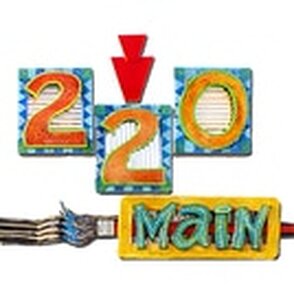Found in Translation Immerse yourself in another culture from the comfort of your favorite reading chair with translated novels - we've got some great starter suggestions! - by Carole McKellar
Emily Williams, writing for “Publishing Perspectives,” refutes that claim but recognizes that it is difficult to place foreign books with U.S. publishers due to economic realities. A few small, independent presses strive to bring translated authors to the American market. Europa Editions, Open Letter, and the New York Review of Books seek to present diverse voices. Archipelago Books is a non-profit press that has published over 120 books in more than thirty languages. Special skills are required to translate literature. Not only does the translator need fluency in at least two languages, but he must also be an avid reader and a masterful writer in each language. A good translation requires an intimate knowledge of the original work and research into its historical context. Daniel Hahn, director of the British Centre for Literary Translation, was asked in an interview if translation should faithfully capture the original text, “Assuming the faithfulness you’re aiming for is fidelity to something more than just literal meaning, then any attempt at being faithful to the original piece of writing should entail making something that lives. Every translation is an interpretative act, as well as a creative one.” A significant boost to the popular acceptance of translated work came with the success of Stieg Larsson’s “Millennium” trilogy of crime novels, beginning with “The Girl with the Dragon Tattoo.” They were translated from Swedish into English beginning in in 2008 and ushered in a craze for Scandinavian noir. Henning Mankell, Jo Nesbo, and Jussi Adler-Olsen are also popular practitioners of the genre—also called Nordic noir. I admit to being a fan. Haruki Murakami, a popular and prolific Japanese writer whose most recent work is “Colorless Tsukuru Tazaki and His Years of Pilgrimage,” has also translated the works of Raymond Carver and J.D. Salinger into Japanese. I’ve tried to read Murakami, but struggled to finish “The Wind-Up Bird Chronicle.” The New York Times’ five best works of fiction for 2015 featured two works of translation: “The Door” by Magda Szabo, and Elena Ferrante’s “The Story of the Lost Child.” “The Door” was first published in Szabo’s native Hungary in 1987, the last year of communist rule. Len Rix translated it in 2005 for British publication, but it wasn’t until 2015 that American readers had access to this haunting novel. This thinly veiled autobiography tells the story of Magda and her housekeeper, Emerence, an illiterate peasant who has a profound impact on the narrator and her neighbors in postwar Budapest. The mystery draws you in when the narrator reveals early on that she is responsible for Emerence’s death. Most of the book relates Magda’s growing dependence and regard for her housekeeper, but the reader doesn’t learn of the manner of her death until the closing pages. “The Story of the Lost Child” is the last of Ferrante’s Neapolitan quartet, which began with “My Brilliant Friend.” Elena Ferrante is the pseudonym of a writer who has published six best-selling novels in her native Italy. Although her true identity is unknown, Ferrante was chosen in 2016 as one of Time magazine’s 100 Most Influential People. “The Neapolitan Novels” tell the story from childhood through late middle age of two women who grew up in the slums of Naples amid poverty and a violent patriarchal society. The novels don’t paint a flattering picture of the fathers and husbands that populate the neighborhood. The most gifted of the friends, Lila, marries young and never leaves, but Elena becomes a writer and enjoys a successful academic career. Their friendship evolves and endures throughout their lives. I’m currently reading the second of the four novels, “The Story of a New Name.” Lila has married a successful grocer, but she is unhappy and a bit destructive. Elena is worried about her future, and is afraid to leave the neighborhood. Their friendship is a source of strength and stability for both. The emotional lives of these girls entering adulthood is richly detailed and authentic. I have listed from memory some translated books I have enjoyed. This list is not inclusive, but I’m sure it will grow.
Whatever the reason for the limited availability of translated books, a reader can gain much from stories told from the perspective of writers from diverse backgrounds. Literature helps to remove stereotypes and broaden our understanding of other cultures. Hearing unique voices, we can recognize our common humanity and accept our differences. Comments are closed.
|
Categories
All
Archives
July 2024
|
Shoofly Magazine Partners
Our Shoofly Partners are local businesses and organizations who share our mission to enrich community life in Bay St. Louis, Waveland, Diamondhead and Pass Christian. These are limited in number to maximize visibility. Email us now to become a Shoofly Partner!

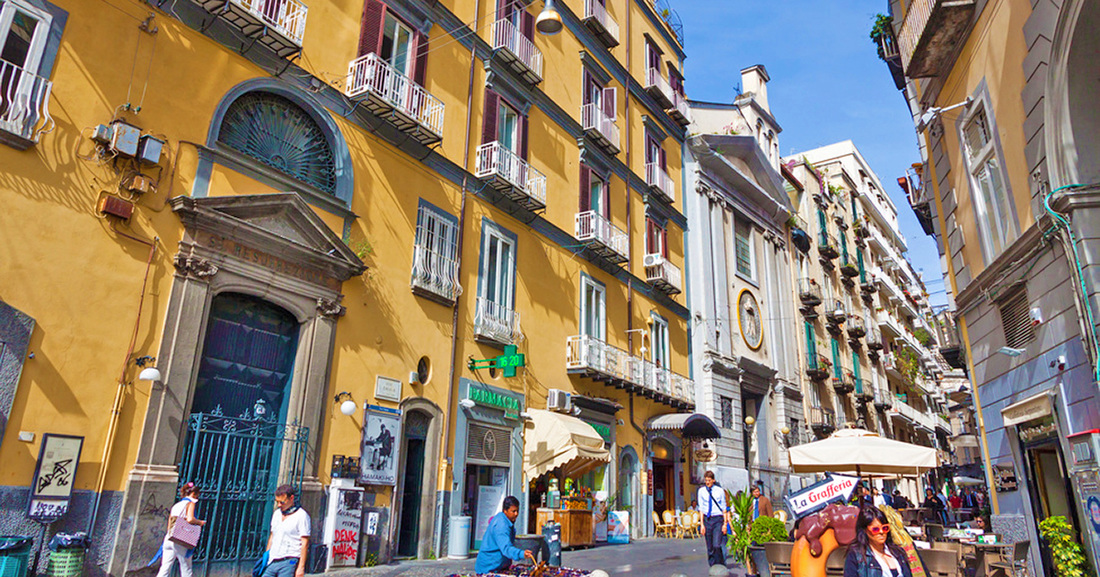


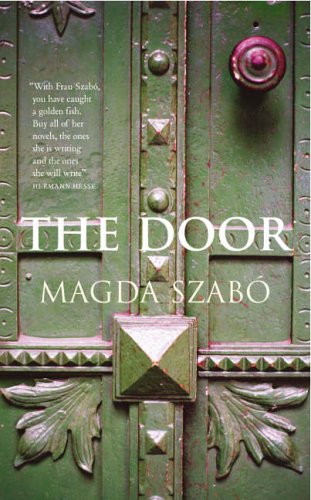
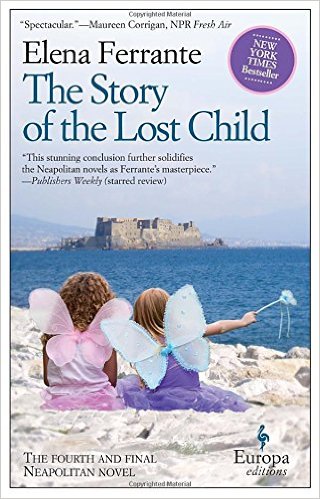
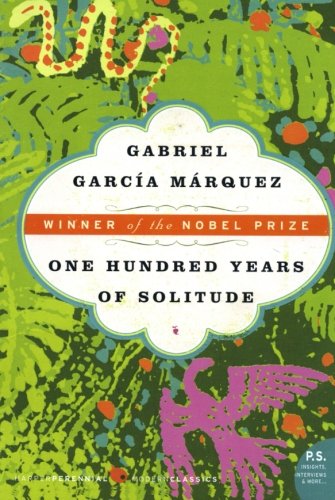
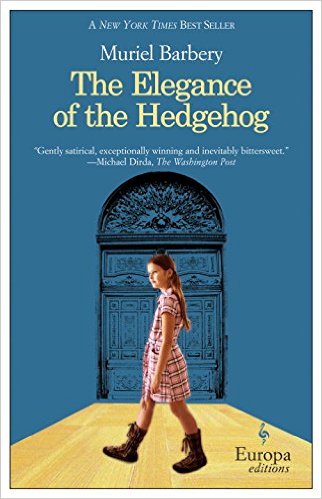















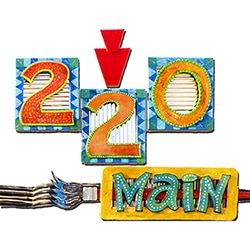









 RSS Feed
RSS Feed






